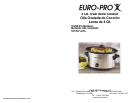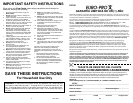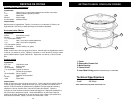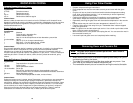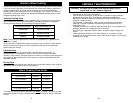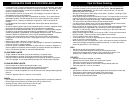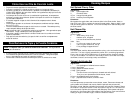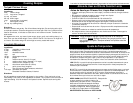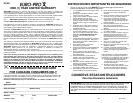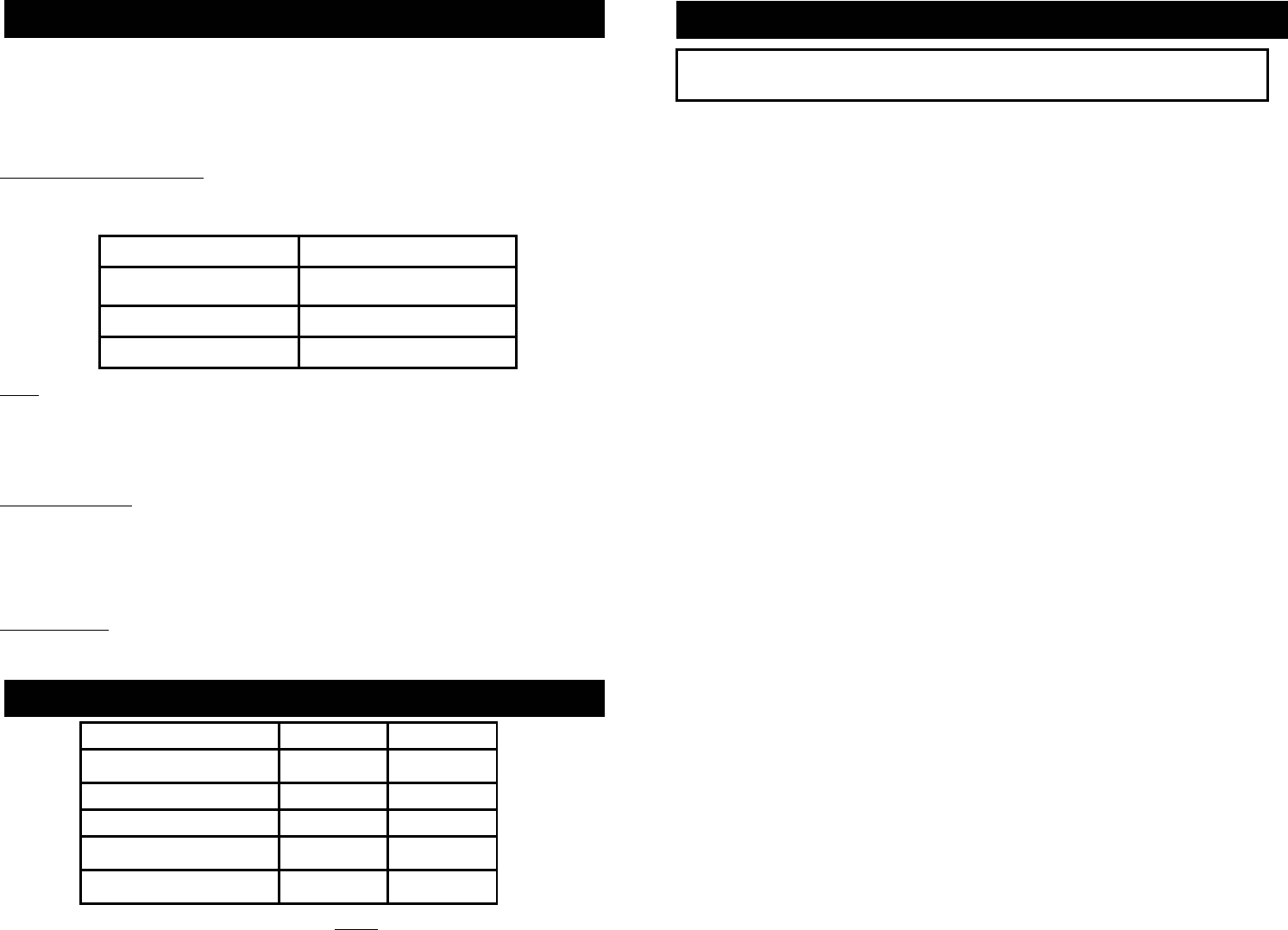
Guide to Slow Cooking
Always allow sufficient time for the food to cook. It is almost impossible to overcook food
in the slow cooker, particularly when using the low or keep warm settings. Most of the
recipes contained within this book can be cooked on any one of the temperature
settings, however the cooking times will vary accordingly. Each recipe in this book will
give specific instructions indicating the appropriate temperature setting as well as the
suggested cooking times to use.
Adapting Cooking Times
Your favorite traditional recipes can be adapted easily by halving the amount of liquid
and increasing the cooking time considerably. See the guide below for suggested
cooking times and settings when adjusting your favorite recipes.
Traditional Recipe Time Slow Cooker Recipe Time
15-30 minutes 4-6 hours on LOW
60 minutes 6-8 hours on LOW
1-3 hours 8-12 hours on LOW
Note: These times are approximate. Times can vary depending on ingredients and
quantities in recipes.
All food should be cooked with the glass lid in place. Each time the lid is lifted, both the
heat and moisture in the food are lost. Cooking times should thus be extended by
approximately 30 minutes.
Liquid Amounts
When food is cooking in your slow cooker, very little moisture boils away. To
compensate this, it is advisable to halve the liquid content of traditional recipes.
However, if after cooking, the liquid content is excessive, remove the lid and operate the
slow cooker on the high setting for 30-45 minutes or until the liquid
reduces by the
desirable amount.
Stirring Food
Little or no stirring is required when using the low or keep warm setting. when using the
high setting, stirring ensures even flavor distribution.
Heat Setting Low High
3-4 Lb. Chicken 6-8 Hours 3-4 Hours
3-4 Lb. Pot Roast 6-8 Hours 4-5 Hours
3 Qt. Beef Stew 8-10 Hours 4-5 Hours
3 Qt. Chili 8-10 Hours 4-5 Hours
3 Qt. Vegetable Soup 6-8 Hours 3-4 Hours
Basic Cooking Time Guide
*The cooking times given above should be used ONLY
5
as a guide. It is recommended
that a thermometer be used to check the temperature to ensure the food is completely
cooked.
LIMPIEZA Y MANTENIMIENTO
CUIDADO: Verifique que la unidad esté desenchufada y que el
control esté en “Off” antes de limpiarla.
• Permita que se enfríe antes de limpiarla.
• Quite la fuente de cerámica y la tapa de vidrio y lávelas con agua caliente y
detergente suave para vajilla. Enjuáguelas y séquelas completamente.
• Nunca use limpiadores abrasivos o esponjas de metal para limpiar la fuente de
cerámica o la tapa de vidrio.
• Para ablandar comida pegada, llene la fuente de cerámica con agua tibia
jabonosa y deje que se ablande. Quítelas fregando suavemente con una
esponjita de nylon.
• La fuente de cerámica y la tapa de vidrio se pueden lavar en el lavavajillas. Sin
embargo, deberá tener cuidado para que no se dañen.
• Nunca sumerja el gabinete metálico, cable o enchufe en agua o ningún otro
líquido.
• Limpie el gabinete metálico con un trapo húmedo. No lo sumerja en agua.
• Al guardar su olla de cocción lenta, enrolle ligeramente el cable, no lo enrosque
alrededor de la unidad.
18



